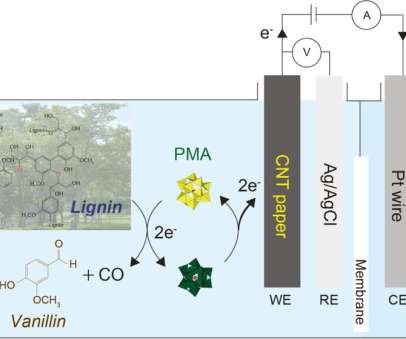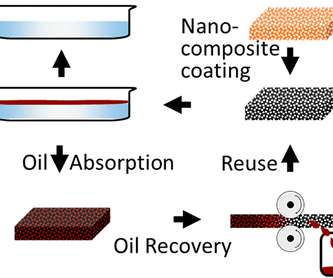UNIST team develops novel hydrogen production process using biomass oxidation instead of water oxidation as electron source
Green Car Congress
MARCH 3, 2020
Conventionally, water is considered a cheap and clean source of electrons; 2H 2 O ? Briefly, PMA can be readily reduced at room temperature upon oxidation of abundant biomass wastes, such as lignin and chopped particles of giant miscanthus, acacia, rice straw and larch.






















Let's personalize your content